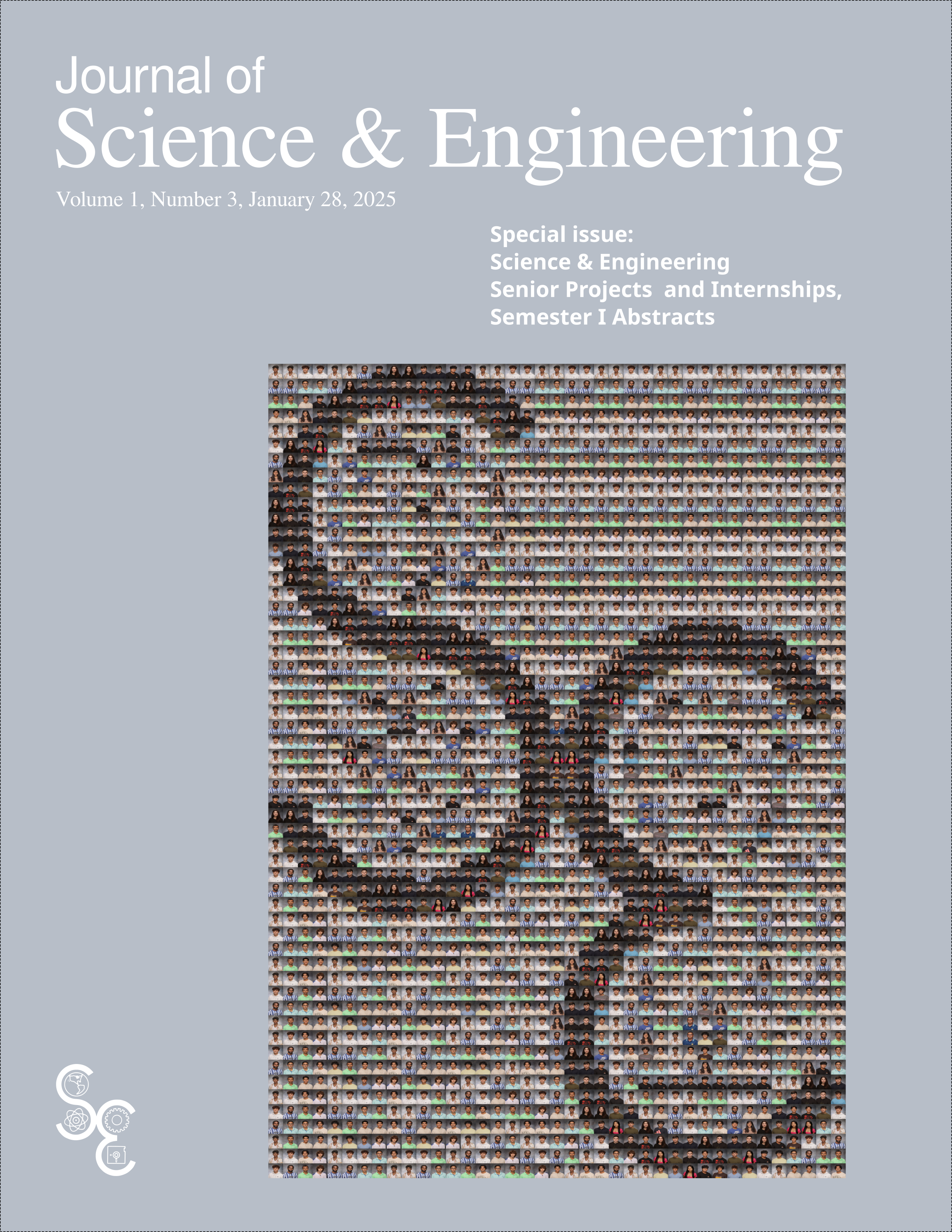Optimizing the fabrication process of microspheres for extended-release drug delivery
Keywords:
microsphere, extended release, drug delivery, polymer, emulsion-evaporation, coacervation, internshipAbstract
In the pharmaceutical industry, many drugs are required to be released over extended periods of time for various applications. Microspheres, microparticles that contain drugs encapsulated by polymers, have special characteristics that make them optimal for these applications. The quality of microspheres is characterized by their physical shape/size and drug encapsulation rates. My goal is to optimize the fabrication process's efficiency and improve the quality of microspheres produced by these techniques by producing microspheres that have an average diameter of about 10 to 20 micrometers and have as high of a drug encapsulation rate as possible.
At my internship in ACON Pharmaceuticals, I’m testing two fabrication techniques: emulsion-evaporation and coacervation. In multiple experiments, I experienced specific issues with the microspheres I created. Some experiments resulted in excess polymer to be formed, resulting in suboptimal shape and size of microspheres. In other experiments, drug crystals were present alongside microspheres, leading to decreased drug loading efficiency. To enhance the results of these techniques, I altered different steps of each technique, including varying drug-to-polymer ratios, purifying drugs, and using different lab equipment. After multiple experiments, I helped find a more optimal procedure to produce microspheres compared to previously used steps.
Downloads
Published
Issue
Section
License
Copyright (c) 2025 Journal of Science & Engineering

This work is licensed under a Creative Commons Attribution-NonCommercial 4.0 International License.





